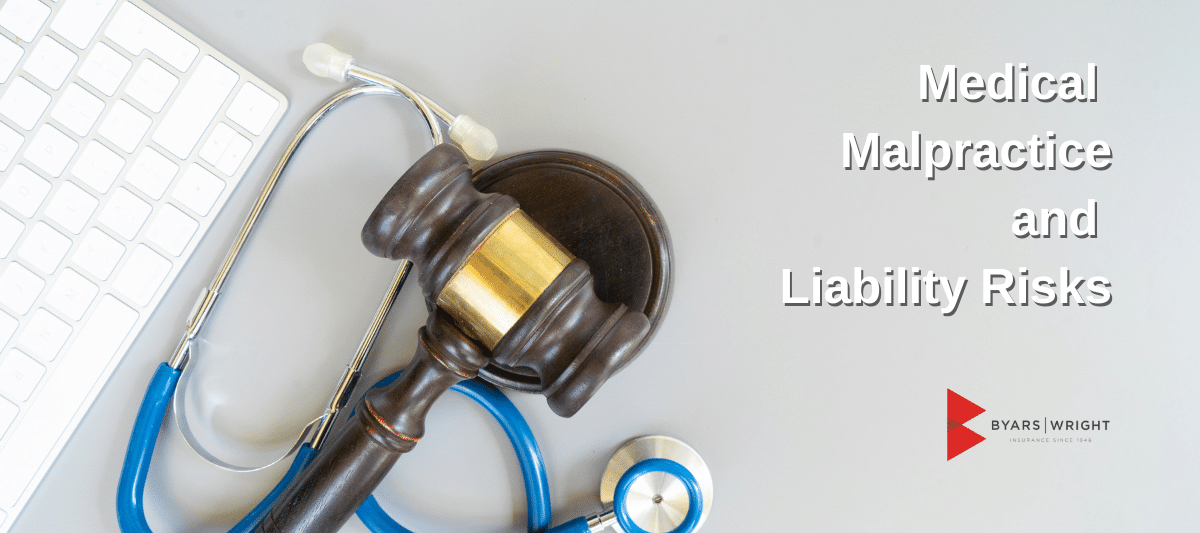
27 Jan Medical Malpractice and Liability Risks Post-ACA
The recent changes to the U.S. health care system have caused shifts in liability trends and the general litigation environment in the medical world. Now that the Affordable Care Act (ACA) is in effect, risk managers in medical facilities can better understand the results of reform on their exposures.
Potential Increase in Malpractice Claims
According to a study conducted by the RAND Corporation, a nonprofit global policy think tank, medical malpractice claims could rise 5 percent. This is due to the increased number of newly insured patients after the implementation of the ACA. The potential rise in malpractice claims is not estimated to come from doctor error. Instead, it comes from an increased number of insured patients. A higher number of interactions and procedures provides more opportunities for patients to sue.
However, some insurance experts do not agree with this hypothesis. Some believe that the newly insured patients’ gratitude for their previously absent care could make them reluctant to sue their doctors.
Impact on Non-physician Practitioners
The influx of new patients increases the need for non-physician practitioners, such as physician assistants and nurse practitioners. It also expands those practitioners’ responsibilities. As a result, it could extend legal and regulatory accountability for these employees. Malpractice litigation involving nurse practitioners often focuses on their regulatory authority to practice certain types of patient care, and whether they are qualified to make medical decisions.
The issue of vicarious liability is also a risk non-physician practitioners face. Vicarious liability imposes responsibility on one person for the actions of another. Doctors and hospitals will be more vulnerable to vicarious liability claims based on the actions or diagnoses of nurse practitioners who work under their supervision. The management structure at a hospital or private practice may need to shift to accommodate closer supervision or extended training to reduce these risks.
Health Care IT
Before the ACA, health care was one of the few industries that relied on paper records. One of the key features of the ACA is a move toward electronic health records (EHRs). This is one way to reduce paperwork and administrative burdens. The use of EHRs also lessens the risk of patient harm due to paperwork errors. In turn, it lessens professional liability risk. EHRs allow better coordination of care also. They make it easier for a patient’s health care providers to share relevant patient information. But without proper training or implementation, incomplete or improperly entered EHRs could be used as ammunition by plaintiff attorneys in a malpractice case.
Another risk of EHRs is that storing information electronically carries the risk of a data breach. A breach could cause the loss of patients’ personal health information (PHI). Therefore, all PHI should be encrypted so that it remains secure when stored. In general, any practice storing EHR and/or PHI should prioritize cyber security. Cyber Liability Insurance is another way a practice could protect itself from a large loss.
Prepare for Changes
Prior to the ACA, the malpractice insurance environment was quite positive for health care providers. But with the potential increase in malpractice claims predicted by the RAND study, physicians could experience a higher liability premium. A change in your facility’s exposures is not necessarily negative if you understand it and are able to ride it out strategically and successfully. In fact, if handled correctly, exposures resulting from the ACA could make your organization stronger.
For more information on medical malpractice and liability risk management, contact or connect with us today!
*This Risk Insights blog is not intended to be exhaustive nor should any discussion or opinions be construed as legal advice. Contact one of our insurance professionals or your legal counsel for appropriate advice.


